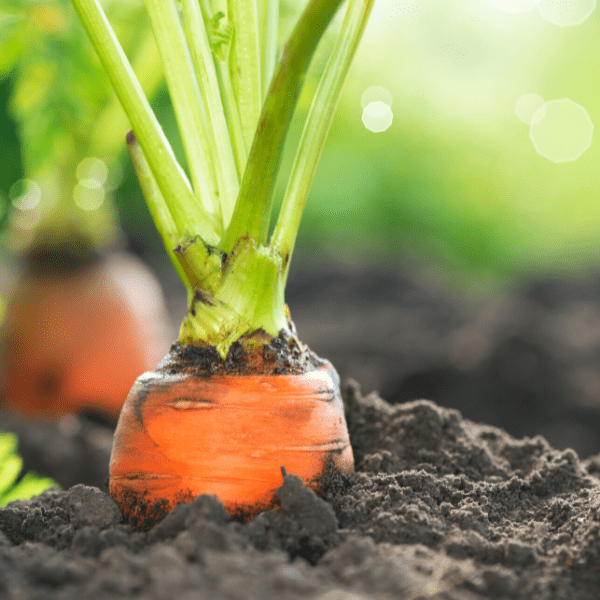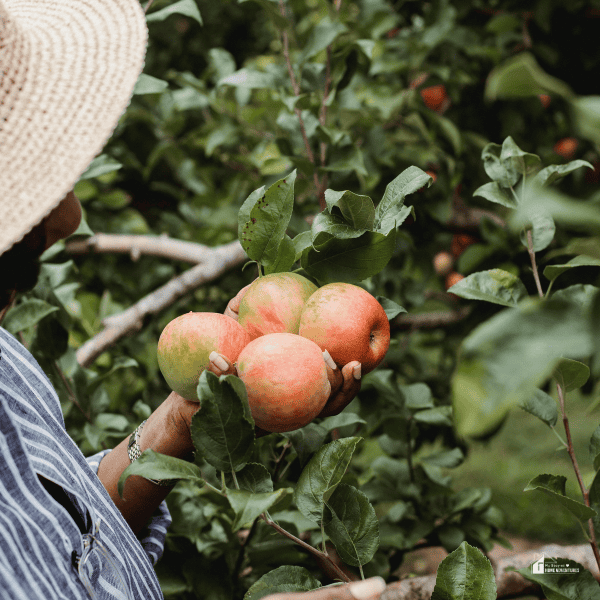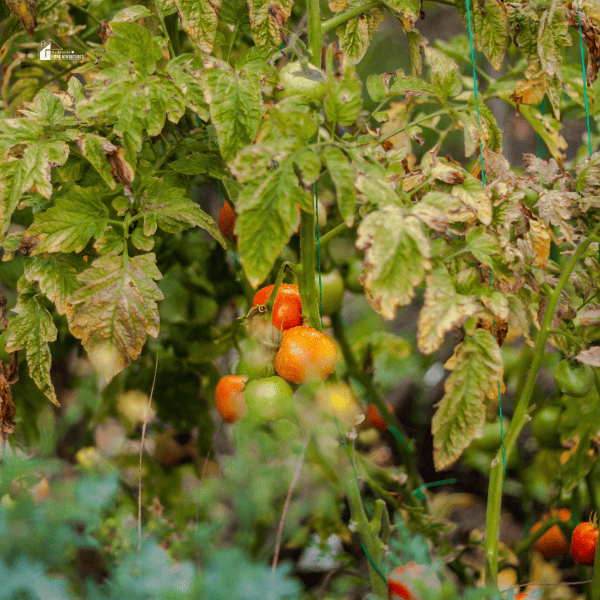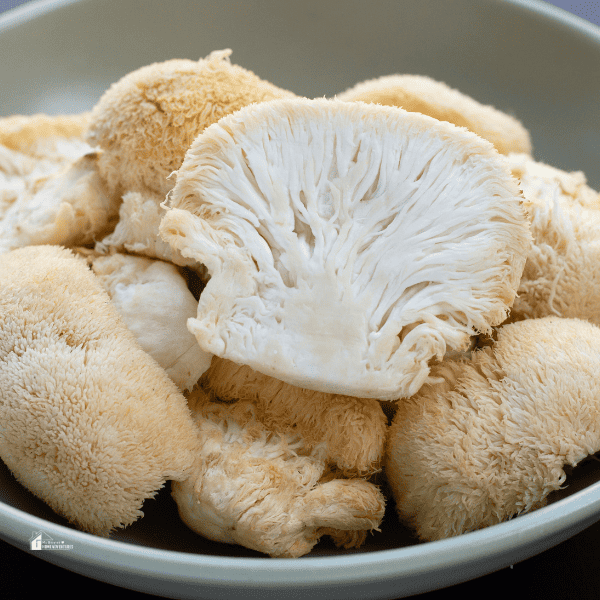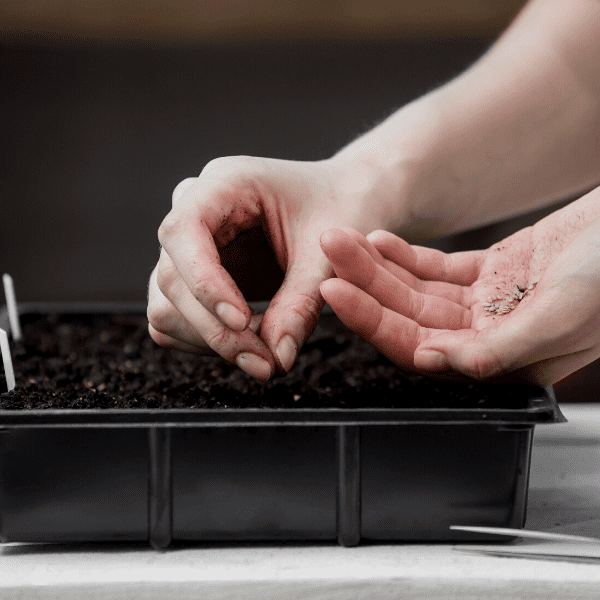10 Rare Houseplants You Didn’t Know You Wanted!
This post may contain affiliate links which might earn us money. Please read my Disclosure and Privacy policies hereLearn all you need to know about rare houseplants, from what are they, what’s the most expensive to what are the top rare houseplants around.
Let’s start by describing what rare houseplants are.
What are rare houseplants?
Rare houseplants are not commonly found, and thus, they are desired by plant lovers. These plants could be rare due to how uncommon they are and how unusual they appear.
These plants can cost more than regular houseplants as well.
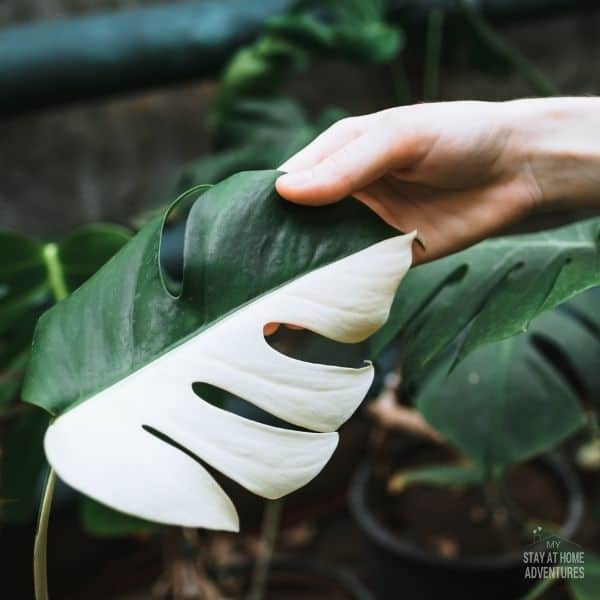
What is the most expensive indoor plant?
The most expensive indoor plant is the variegated monstera deliciosa. It appears vibrant and striking with its massive, glossy leaves, leading plant lovers to seek after the plant.
While a normal monstera deliciosa would cost around $20, a variegated monstera deliciosa can cost as much as $750, which is the cost of a white, splotchy variant of the plant.
Next, we will cover unusual houseplants that you might be interested in.
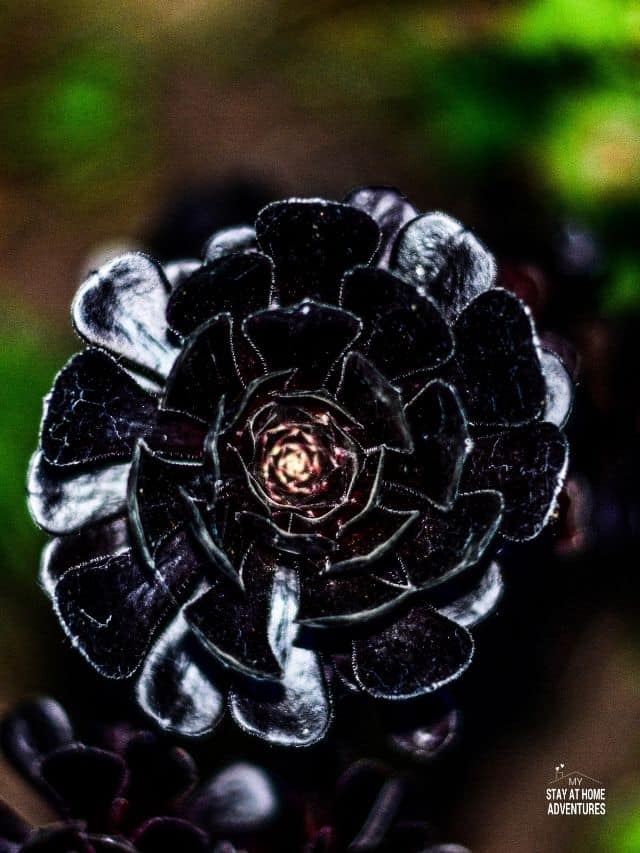
What are some unusual plants?
Among the unusual plants are the dolphin succulents, a Japanese plant with tiny leaves that resemble swimming dolphins, the trachyandra, which resembles a pipe cleaner, and rose succulents that, while shades of green, resembles the rose flowers. The rose succulents are also easy to care for.
More unusual plants are the crassula umbella, which is also nicknamed the “wine cup” due to the umbrella-shaped plant also resembling wine cups.
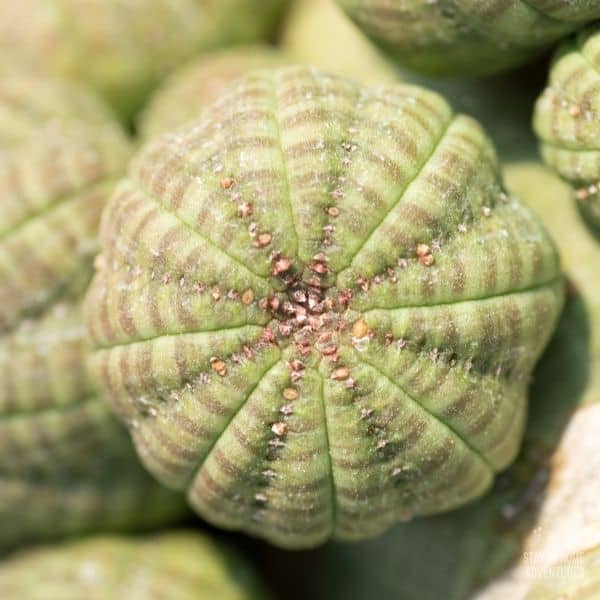
Another plant is the euphorbia obesa, a thornless plant resembling a ball.
10 Rare Houseplants You Didn’t Know You Wanted!
Now that you have some ideas of what the rare houseplants are and which plants are unusual and the most expensive, it is time to learn more about them.
Below is a list of houseplants that are rare.
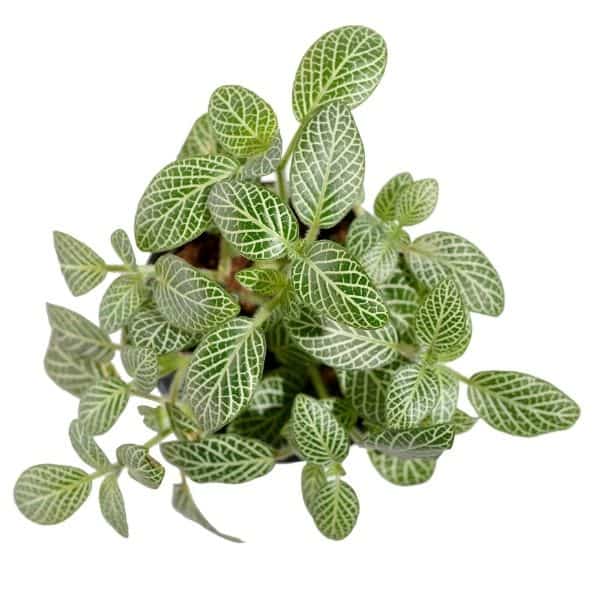
Nerve Plant
The nerve plant is a colorful plant that originated from South America. Its veins on the leaves are a lovely, bright red or pink color. The plant can spread to as far as twelve inches, and the plant can thrive in humidity.
The plant may rarely bloom flowers when grown as an indoor plant, but it occasionally blinks with reddish or yellowish spikes.
To care for Never plants follow the tips below:
Keep the air dry and the humidity at a high level, as it is preferred for the plant. Repot it every spring. Also, keep the plant away from direct sunlight as it is sensitive to it.
Purchase a Nerve Planer from Etsy.
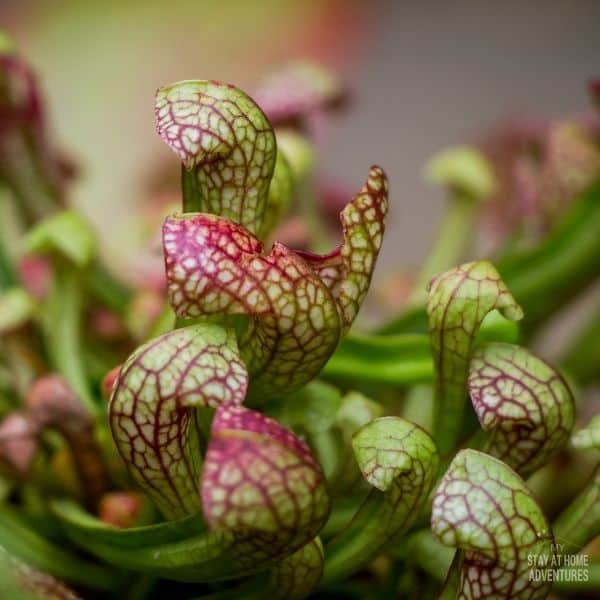
Pitcher Plant
Native to the Philippines, the pitcher plant eats insects with its pitfall traps, which dangle from the tendrils attached to its green leaves.
They desire plenty of sunlight and humidity. They also can be happy with a light soil that needs to be consistently moist.
You might like these posts:
- 5 of the Best Houseplants for Beginners
- 7 Tips for Gardening During Quarantine (For Beginners)
- 5 of the Best Houseplants for Beginners
Taking them outside during the sunny summer is nice, and the plant can feed itself with no problems. In the cold winters, feed the plant with live crickets and dried blood worms to keep it thriving.
This plant is perfect for getting rid of bugs as it attracts them and eats them, so keeps that in mind.
Purchase a Pitcher Plant here!
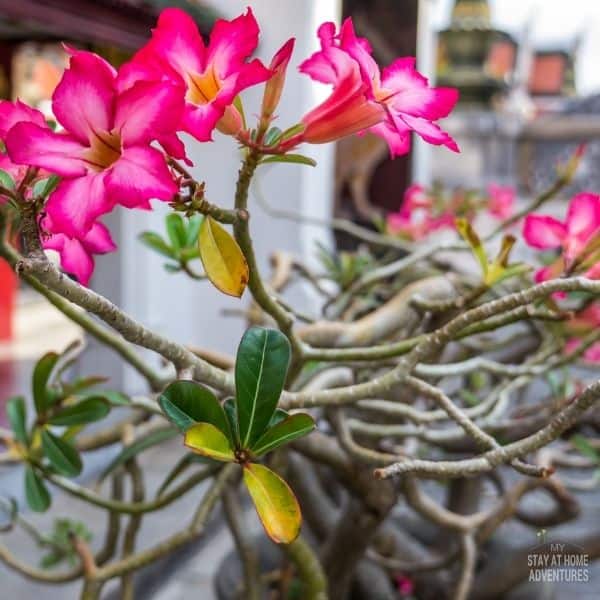
Desert Rose
Coming from Africa and the Middle East, the tropical plant is colorful with its flowers. The plant can be pruned into a miniature tree or grow naturally as a regular, tall tree.
They are not expected to thrive in very moist soil or limited light coming from a hot climate.
Being a desert plant means the plant can live without being watered daily, but their watering should be consistent. The main obligation is to let the soil dry out completely before watering.
It can also be taken outside during warmer weather. Soil should be moderately moist after watering in warmer weather, but watering should be reduced in the winter.
Check out Desert Rose on Amazon.
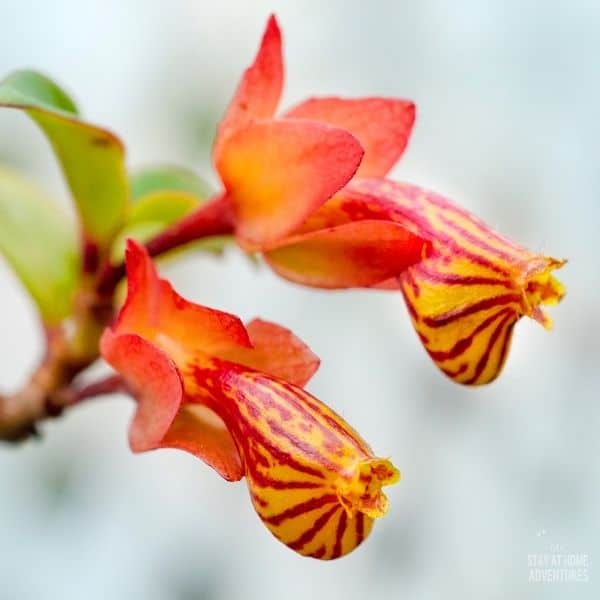
Goldfish plant
The goldfish plant has glossy green vines amid orange blooms that resemble the fish. The plant produces these flowers all year round as long as its living conditions remain stable.
The leaves bloom to be around 3 inches long and are thick and dark green. The plant originated from South and Central America.
The plant loves indirect light and a lot of humidity. Additionally, they grow best in airy soil. They should be watered well in summer while the soil should be dry between watering in the winter.
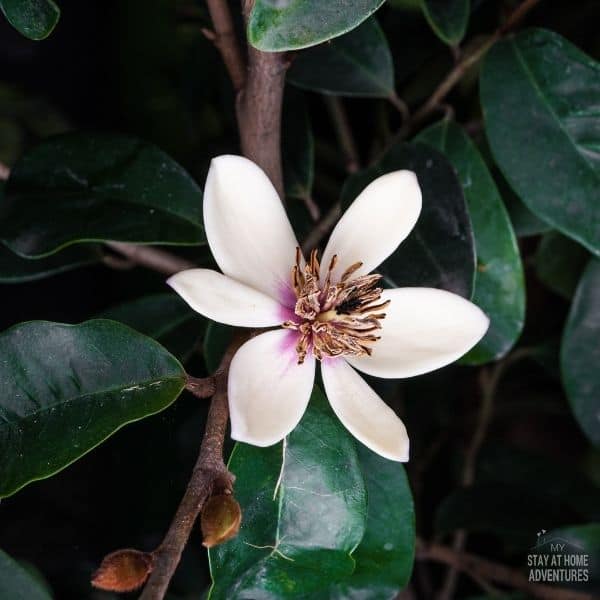
Banana Shrub
Despite its name, it has no relation to the banana family. Instead, the banana shrub comes from the Magnolia family, although the flowers smell much like bananas.
The plant blooms in the spring with cream-colored flowers that resembled magnolia flowers. The flowers continue to bloom throughout the summer. The plant also has green leaves to accompany the flowers.
The banana shrub enjoys lots of light, and thus being under direct sunlight will help them thrive.
Additionally, when under the sun, the plants will have their leaves a more yellowish-green color, as well as the plant will have a short, tight form.
The soil should dry between watering as well as the plant should not be overwatered. The soil is preferred to be slightly acidic and well-drained.
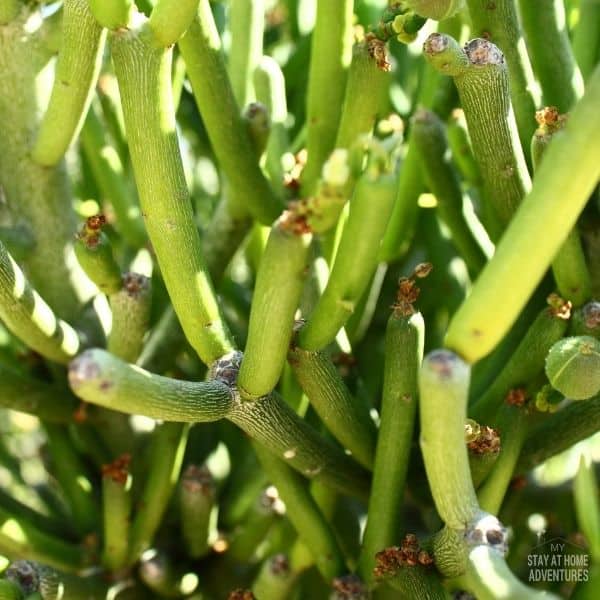
Pencil Cactus
The pencil cactus comes in various shapes and sizes, with its name coming from the fact that it resembles pencils. However, it is not a plant-friendly for pets due to its toxic milky sap. The pencil cactus can grow up to 30 feet tall outside, and inside can go as high as 6 feet.
The plant can rest by a window for direct sunlight. It only needs cactus soil and water just a few times a month. Make sure to saturate the soil until it drains from the bottom of the pot when watering.
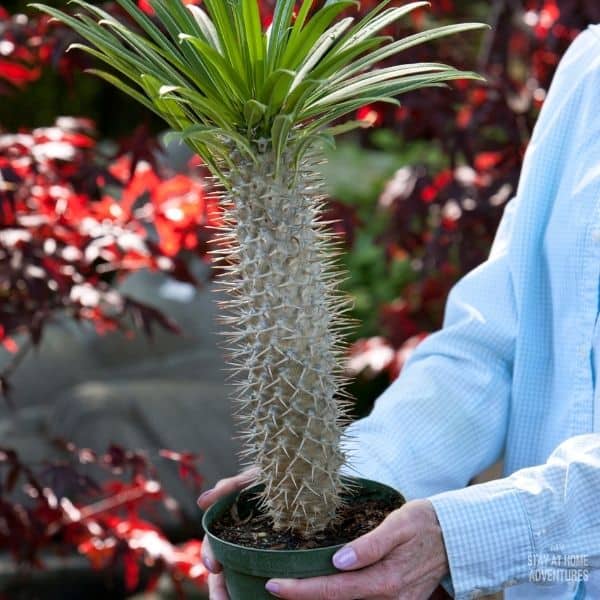
Madagascar Palm
Part of the dogbane family (dogbane meaning these plants grow saps that are poisonous to dogs), the Madagascar Palm resembles a cross between a palm tree and a cactus.
While it can grow to about 20 feet tall in the wild, it can also remain six feet tall when it is potted indoors. As it grows slowly, it allows plant lovers to spend many years watching it mature.
The plant thrives in sunlight and desires water sparingly. It needs a good draining soil, and it should be fertilized with a low nitrogen formula every five weeks during the spring and the summer.
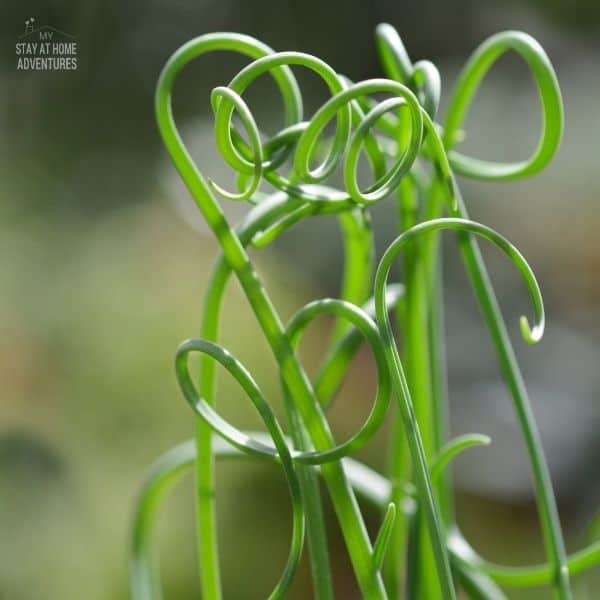
Albuca Frizzle Sizzle
Coming from South Africa, the Albuca Frizzle Sizzle is a rare plant with thick spiraled leaves. It also produces sweet-smelling flowers in the spring while the leaves become a brown color. The thick, curled leaves on the stems rise from the underground bulb.
The plant desires a lot of light, so placing them by the window can give direct sunlight. The soil also needs to dry out between watering to help them grow. This plant doesn’t have any pest problems to worry about.
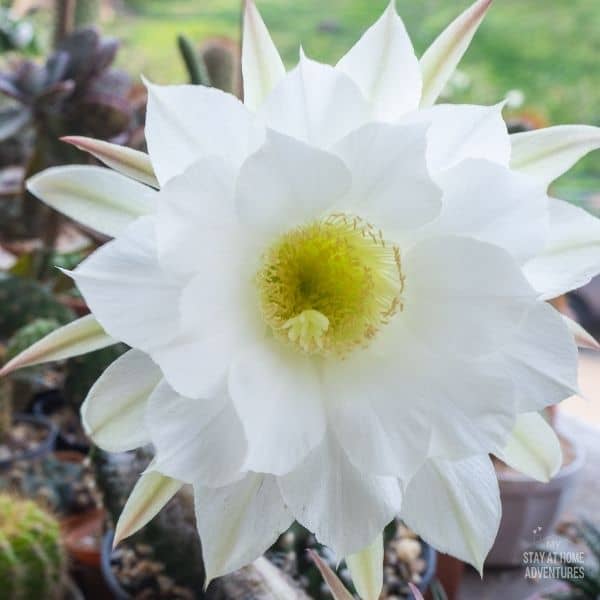
Echinopsis Cactus
Beginning as a small mound, the Echinopsis blooms with huge white flowers only at night, and it originates from the rocky soils in South America.
With care, the plant will grow up to five feet in height. Additionally, flowers will bloom and open during the evening.
The Echinopsis, being a cactus, needs lots of light, and it doesn’t require a lot of water.
The soil should be light and loamy, as well as having pebbles with it. If the plant was raised indoors and decide to take it out, do it slowly, as sudden exposure can scorch the leaves.
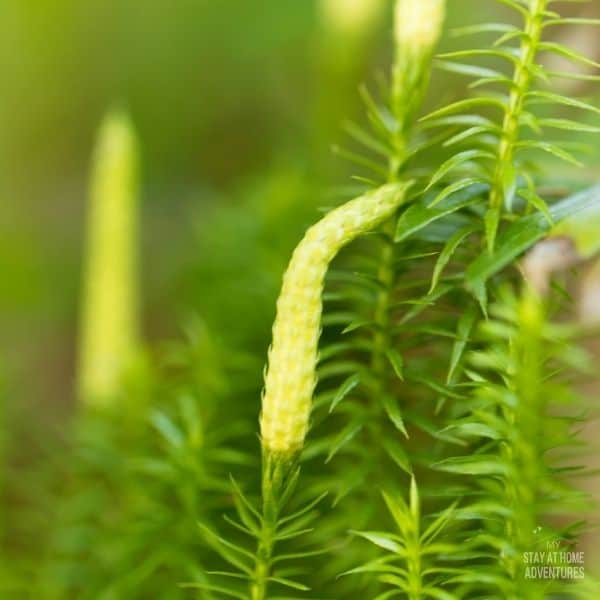
Club Moss
The club moss is a terrarium plant that can be kept in a compact size. They have small, narrow, and crowded leaves that limit the stems in uniform. The leaves will appear as a long line when viewed at.
The plant does well in low light conditions, but it also requires humidity to thrive. It also needs to be watered frequently while the soil shouldn’t dry out, but the soil shouldn’t be overwatered either.
Now that you know everything about rare houseplants, it is time to start growing them and caring for them. What are your favorite rare houseplants?

